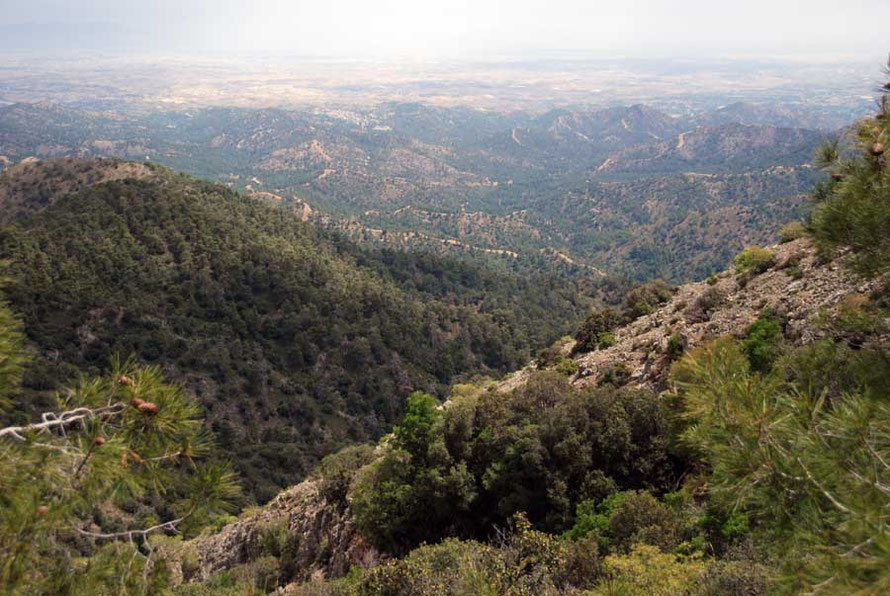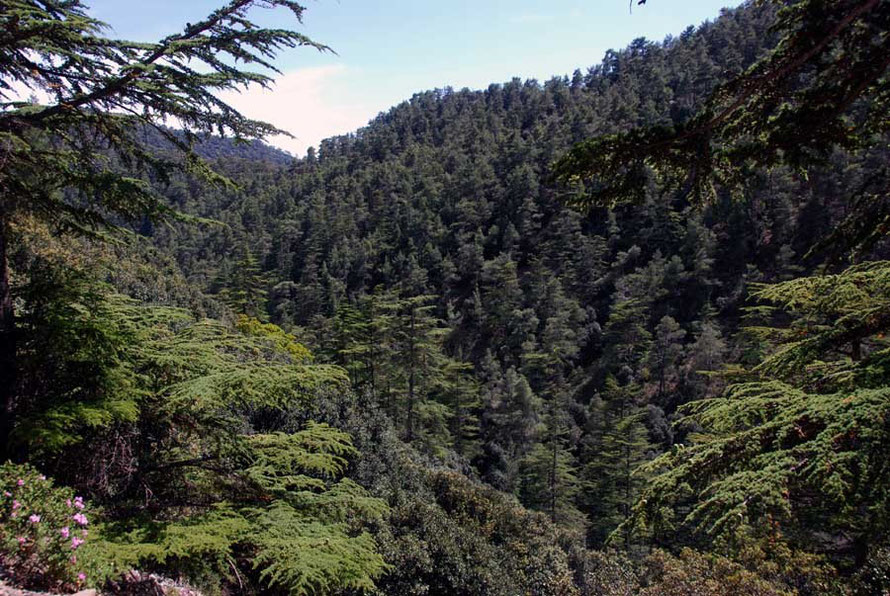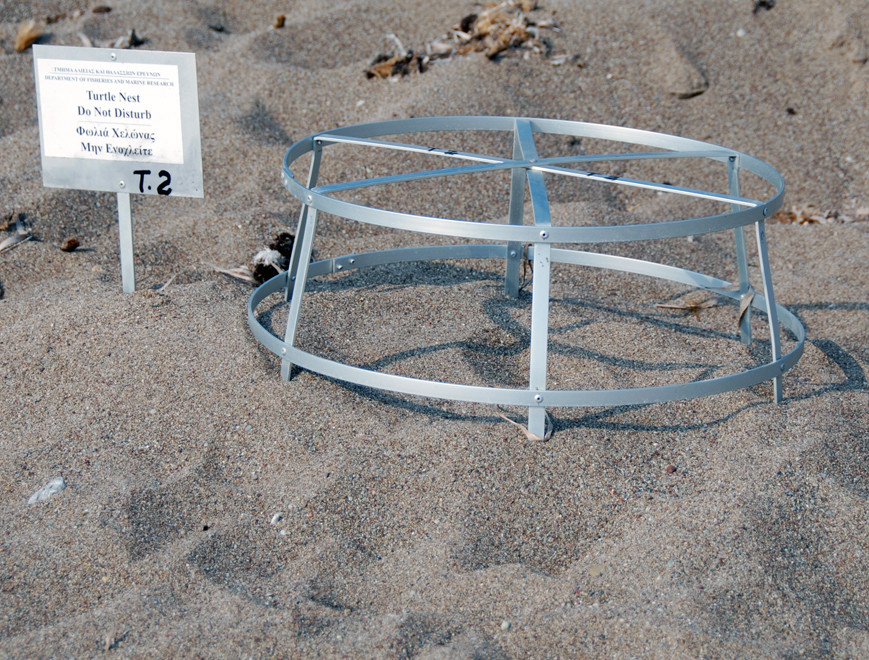Cyprus Critical Issues V. Biodiversity challenges
Cyprus' intense water and drought problems have major implications for the island's flora and fauna. The island's biodiversity is one of the richest in the Mediterranean region where species diversity (endemism) has developed.
The island's endemism is due both to its formation through the compression and uplift of the oceanic crust in such a way that it was never directly connected to the surrounding European mainland and to the variety of habitats on the island
One of the unique features of Cyprus' habitats is the wild and sharp differences in elevations and habitats in different parts of the island as well as different climate conditions, all of which supply a diverse habitat for a unique array of fauna and flora (see Wikipedia: Flora of Cyprus).
Of the 1,800 identified plant species on Cyprus about 128 are endemic. There are important endemic birds (the Cyprus Wheatear and Warbler) and the Cyprus Moufflon.
According to the World Wildlife Fund (WWF) which defines Cyprus as a unique and critical/endangered ecoregion,
Among the most significant endemic plants are the rare and endangered Cyprus cedar (Cedrus brevifolia), the cyprus oak (Quercus alnifolia), a important number of bulb species such as Cyclamen cyprium, Tulipa cypria, Crocus cyprius, C. veneris, Chionodoxa lochiae, and Gagea juliae, and aromatic plants such as Nepeta troodi, Teucrium cyprium, T. micropodioides, Thymus integer, Salvia willeana, and Origanum cordifolium. (WFO)

Development also poses a threat through the destruction of Cyprus’ richly varied habitats.
The main threat to biodiversity, especially along the coastal areas, is tourism development (housing, apartments and leisure activities). As development continues, demand for limited resources, raw materials, and municipal services also increases. Many coastal habitats, such as dune systems and coastal marshes, have been destroyed with consequent species loss. The coastal ecosystem is very fragile and organisms are in direct danger due to infrastructure and development p.31.’

The coastal zone, (2 Km from the coastline) covers 23% of the total area of the country. About 40% of the population lives and works in this zone. The most serious coastal planning problems today relate to the sudden expansion of the main coastal urban centres of Limassol, Larnaca and Pafos and have mostly been caused by the type and speed of development p.31.’
(Source:Fourth National Report to the United Nations Convention on Biological Diversity)

Bird Life Cyprus estimates that 2.8m songbirds were trapped during the spring and autmun migrations and during the winter (when Song Thrushes are the target) across Cyprus in 2011. Trappers use mist nets and lime sticks to illegall trap birds for the ambelopouli (the consumption of boiled or pickled songbirds) Wikipedia trade, much of which is consumed with impunity domestically and in restaurants in Cyprus.
Bird Life Cyprus monitors trapping in two areas where the activity is particularly intense - Famagusta and Ayios Theodoros in Larnaca. The price of a dozen song birds fetches around 60 - 80 euros. The 'industry' is estimated to have a turnover of €5m a year (Wikipedia).
Interestingly trapping is not, as is often thought, a problem exclusive to the north of the island, 'According to BirdLife Cyprus data the problem of trapping in the occupied areas is significantly lower than in the Republic.' (source).
The falling availability of water also has serious implications for migrating birds who use the island as a first landfall after migrating from Africa - Cyprus constitutes one from the eight most important migratory routes for the birds of Europe (Source: Fourth National Report to the United Nations Convention on Biological Diversity).
On my last trip to Cyprus a passenger on the plane told me that development work is now taking place on the Akamas Peninsula, which remains the only undeveloped and substantial part of the Republic of Cyprus' coastline. Terra Kypria and Brid Life Cyprus continue to fight for the protection of this delicate habitat - see here for Terra Cypria pages on Akamas, here for Bird Life Cyprus habitats campaign. In October 2012 the two NGOs submitted an appeal to the Council of Europe regarding the insufficient safeguards in the Site of Community Importance/Special Protection Area proposals for the Akamas Peninsula submitted by the government of Cyprus.
See 'Report by the NGO' (Specific Site - File open Akamas peninsula (Cyprus) prepared by Terra Kypria to the CONVENTION ON THE CONSERVATION OF EUROPEAN WILDLIFE AND NATURAL HABITATS Standing Committee Strasbourg, 27-30 November 2012 T-PVS/Files (2012) 43.



